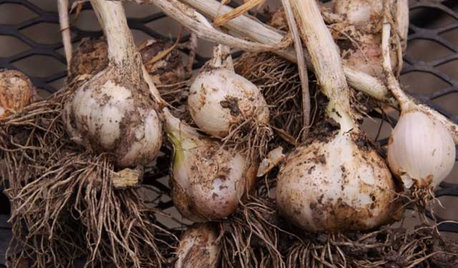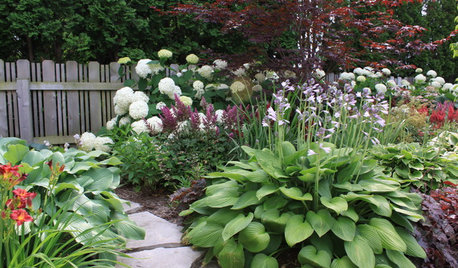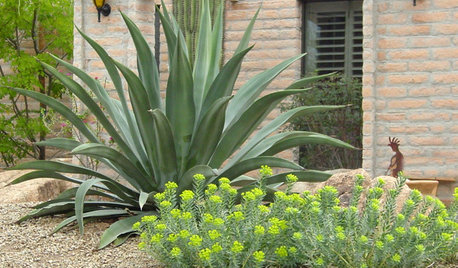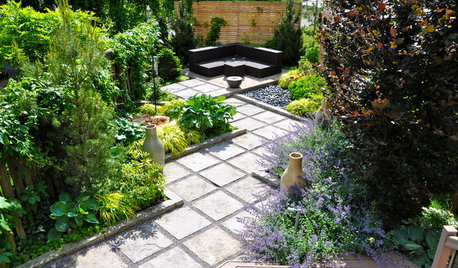Wisdom of Planting Large Garlic Cloves
RedSun (Zone 6, NJ)
9 years ago
Related Stories

COOL-SEASON CROPSCool-Season Vegetables: How to Grow Garlic
Beloved in a wide range of dishes the world over, garlic thrives in a fall garden and is easy to grow
Full Story
LIFEInviting Kids Into the Kitchen: Suggestions for Nurturing Cooks
Imagine a day when your child whips up dinner instead of complaining about it. You can make it happen with this wisdom
Full Story
SUMMER GARDENINGHow to Grow Basil
Bright color, quick growth and endless uses for cooking make this summer annual a winner in the garden or a pot
Full Story
MOST POPULARSpring Gardens Are Blooming — Here’s What to Do in April
Get the guide you need for gardening in your U.S. region, with tasks, climate-appropriate plantings and more
Full Story
GARDENING GUIDESSouthwest Gardener's September Checklist
Cool weather's coming, so prep for the first frost, swap out plants and get bulbs for spring in the ground now
Full Story
MOST POPULARHow to Start a Cool-Season Vegetable Garden
Late summer and late winter are good times to plan and plant cool-season crops like salad greens, spinach, beets, carrots and peas
Full Story
LANDSCAPE DESIGNThe Weepers and the Creepers: 10 Intriguing Trees for Your Garden
Bring something a little different to your landscape with a tree that dives, twists or crawls
Full Story
EDIBLE GARDENS12 Essential Herbs for Your Edible Garden
Make home cooking and drinks even better with herbs plucked from your own backyard or windowsill pot
Full Story
LANDSCAPE DESIGNHow to Create an Unforgettable Garden
Make an impression that will linger long after visitors have left by looking for the possibilities and meaning in your landscape
Full Story
GARDENING AND LANDSCAPINGPorch Life: Banish the Bugs
Don't let insects be the bane of your sweet tea and swing time. These screening and product ideas will help keep bugs at bay on the porch
Full StoryMore Discussions






planatus
RedSun (Zone 6, NJ)Original Author
Related Professionals
Marco Island Landscape Architects & Landscape Designers · Edmond Landscape Contractors · Broomfield Landscape Contractors · Brownsville Landscape Contractors · Dickinson Landscape Contractors · Galveston Landscape Contractors · North Highlands Landscape Contractors · Oxnard Landscape Contractors · Forest Hill Landscape Contractors · Binghamton General Contractors · Broadview Heights General Contractors · Haysville General Contractors · Klamath Falls General Contractors · Mira Loma General Contractors · Syosset General Contractorssoilent_green
Mark
RedSun (Zone 6, NJ)Original Author
soilent_green
RedSun (Zone 6, NJ)Original Author
stevelau1911
RedSun (Zone 6, NJ)Original Author
little_minnie